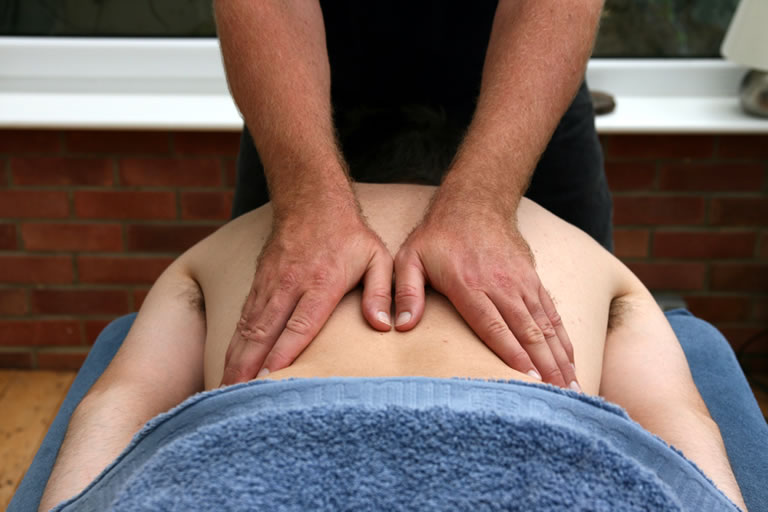Massage therapy is a practice that has been used for centuries to promote relaxation, reduce stress. It may also alleviate a wide range of physical and psychological ailments. While massage therapy is often associated with luxury and indulgence, there is a substantial body of scientific research that supports its therapeutic benefits. This article delves into the science behind massage therapy, exploring the mechanisms through which the healing power of touch can positively impact our bodies and minds.
The Physiology of Touch:
- Skin as a sensory organ. Our skin is the largest sensory organ in the human body, containing millions of touch receptors. These receptors send signals to the brain, creating sensations of touch, pressure, and temperature.
- The role of the nervous system. Massage therapy stimulates the parasympathetic nervous system, leading to a “rest and digest” response that promotes relaxation and reduces stress.
Pain Relief and Muscle Tension:
- Endorphin release. Massage triggers the release of endorphins, the body’s natural painkillers, which can help alleviate chronic pain and sore muscles.
- Improved blood flow. Massage increases blood circulation, promoting the delivery of oxygen and nutrients to muscle tissues and aiding in the removal of metabolic waste products.
Stress Reduction and Mental Health:
- Reduced cortisol levels. Massage therapy has been shown to lower cortisol, the stress hormone, leading to a sense of relaxation and improved mental well-being.
- Enhanced mood. The release of serotonin and dopamine during a massage can improve mood and reduce symptoms of depression and anxiety.
Immune System Support:
- Lymphatic drainage. Certain massage techniques can stimulate the lymphatic system, helping to remove toxins and waste from the body and boost immune function.
Sleep Improvement:
- Massage can promote better sleep by reducing stress and anxiety, leading to improved sleep quality and duration.
Healing Touch and Chronic Conditions:
- Massage therapy is increasingly used as a complementary therapy for chronic conditions such as fibromyalgia, arthritis, and pain. It can provide pain relief and improve quality of life for individuals living with these conditions.
Massage therapy is not merely a pampering experience. It is a science-backed approach to promoting physical and mental well-being. By understanding the physiological mechanisms involved, individuals can make informed decisions about incorporating massage therapy into their wellness routines. Whether seeking relaxation, pain relief, stress reduction, or immune support, the healing power of touch is a versatile and effective tool for enhancing health and quality of life.
Do check out our YouTube channel. We have plenty of massage videos to support your practice and inspire you with new techniques and ideas!
Subscribe to our newsletter to keep up to date with our latest courses and workshops as we announce them.


